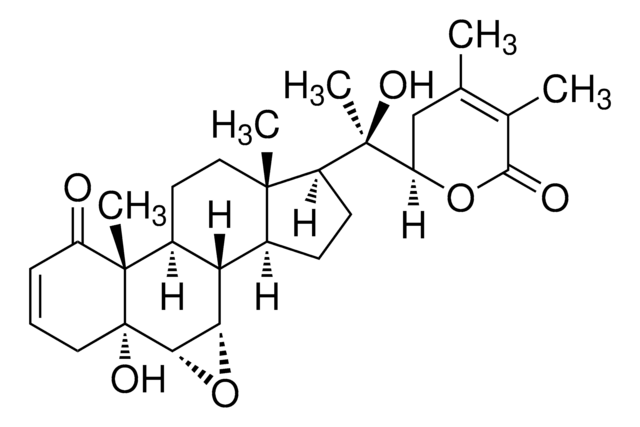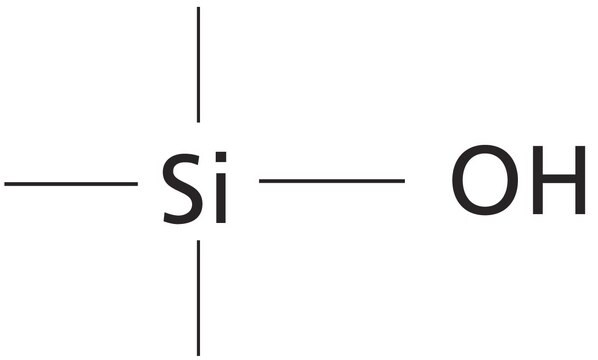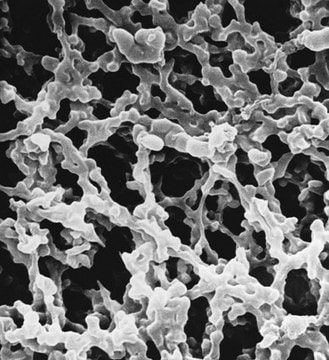52661-U
Discovery® DSC-SAX SPE Tube
bed wt. 50 mg, volume 1 mL, pk of 108
About This Item
Polecane produkty
Materiały
polypropylene tube
Poziom jakości
skład
bed wt., 50 mg
opakowanie
pk of 108
metody
solid phase extraction (SPE): suitable
powierzchnia
480 m2/g
pojemność
1 mL
0.14 meq/g total capacity
Matryca
Silica gel base material (irregularly shaped, acid washed)
grupa aktywna macierzy
ammonium ion, quaternary bonding, polymerically bonded, chloride counter-ion
wielkość cząstki
50 μm
wielkość porów
0.9 mL/g pore volume
70 Å pore diameter
Zastosowanie
food and beverages
metoda separacji
ion exchange
Szukasz podobnych produktów? Odwiedź Przewodnik dotyczący porównywania produktów
Opis ogólny
Sample Matrix Compatibility: Organic or aqueous solutions
- A polymerically bonded quarternary amine that remains positively charged at all pH levels
- Counter ion is Cl-
- Ion exchange capacity is ∼ 0.14 meq/g
- Commonly used when extracting weaker anions (e.g., carboxylic acids) that may not bind strongly enough to weaker anion-exchangers
- Selectivity can be modified by changing the counter ion with the appropriate buffer during conditioning
Informacje prawne
Kod klasy składowania
11 - Combustible Solids
Klasa zagrożenia wodnego (WGK)
WGK 3
Temperatura zapłonu (°F)
>464.0 °F
Temperatura zapłonu (°C)
> 240 °C
Wybierz jedną z najnowszych wersji:
Masz już ten produkt?
Dokumenty związane z niedawno zakupionymi produktami zostały zamieszczone w Bibliotece dokumentów.
Produkty
SPE retention mechanism in this case is based on the electrostatic attraction of charged functional groups of the analyte(s) to oppositely charged functional groups on the sorbent.
Protokoły
Retention occurs through polar interaction between the sorbent and analytes. Typical sample matrices that can be employed in normal-phase SPE include hydrocarbon or fatty oils diluted in a solvent like hexane, isooctane, chlorinated solvent, THF, diethyl ether, or ethyl acetate.
Nasz zespół naukowców ma doświadczenie we wszystkich obszarach badań, w tym w naukach przyrodniczych, materiałoznawstwie, syntezie chemicznej, chromatografii, analityce i wielu innych dziedzinach.
Skontaktuj się z zespołem ds. pomocy technicznej





